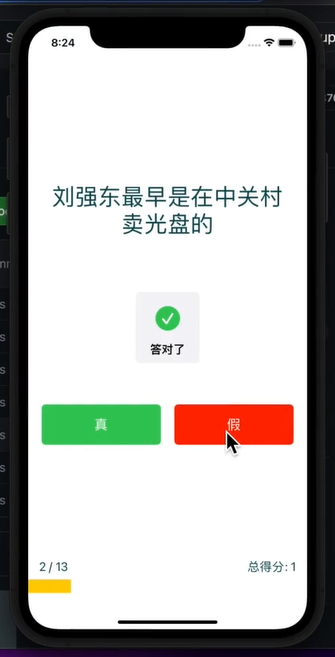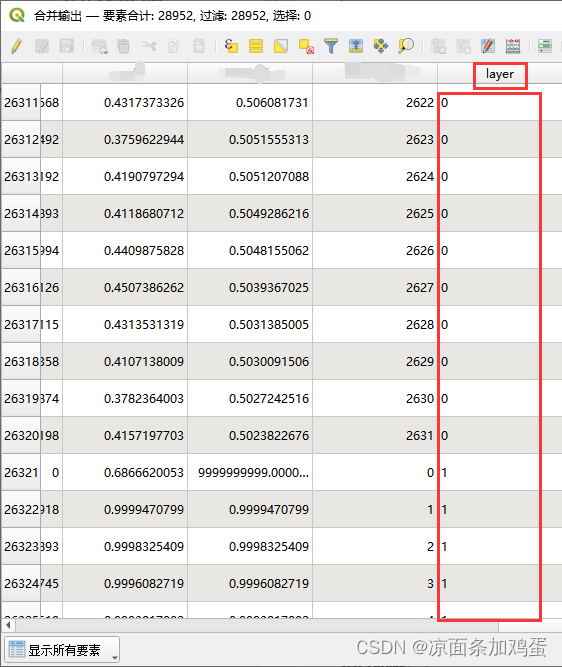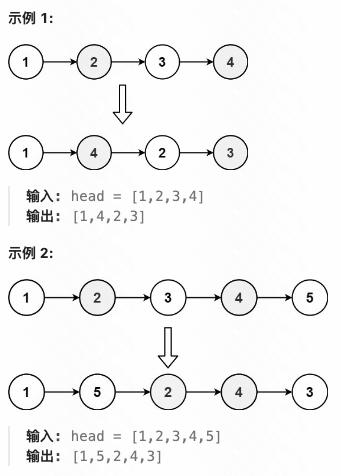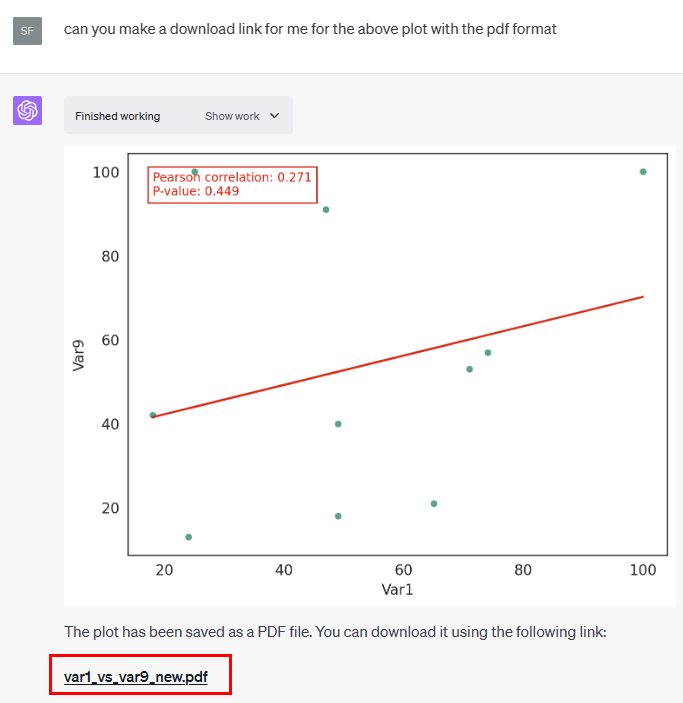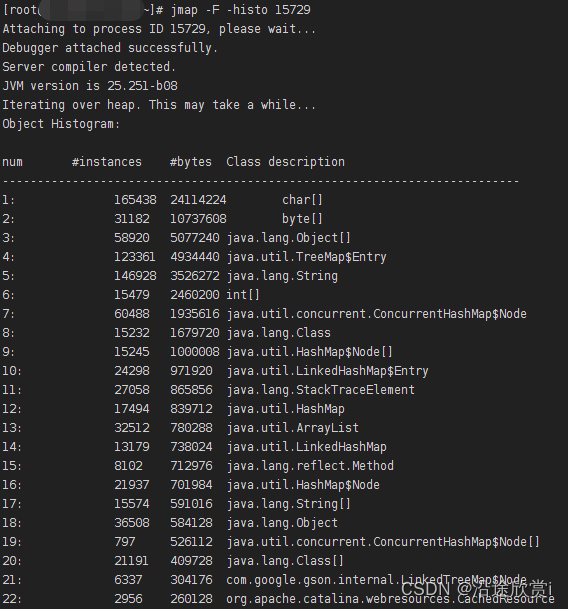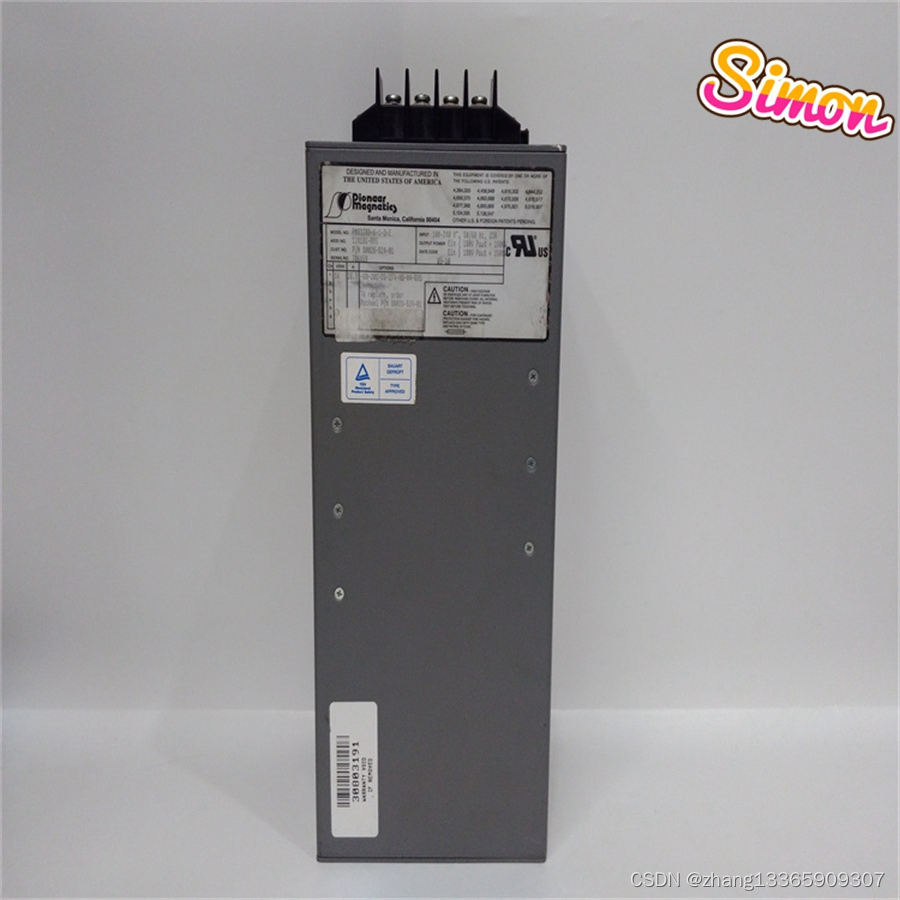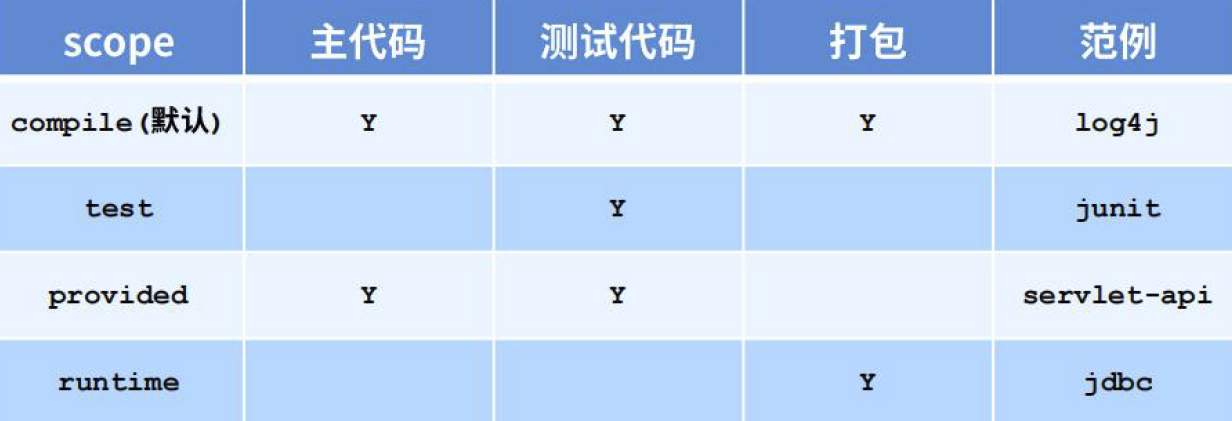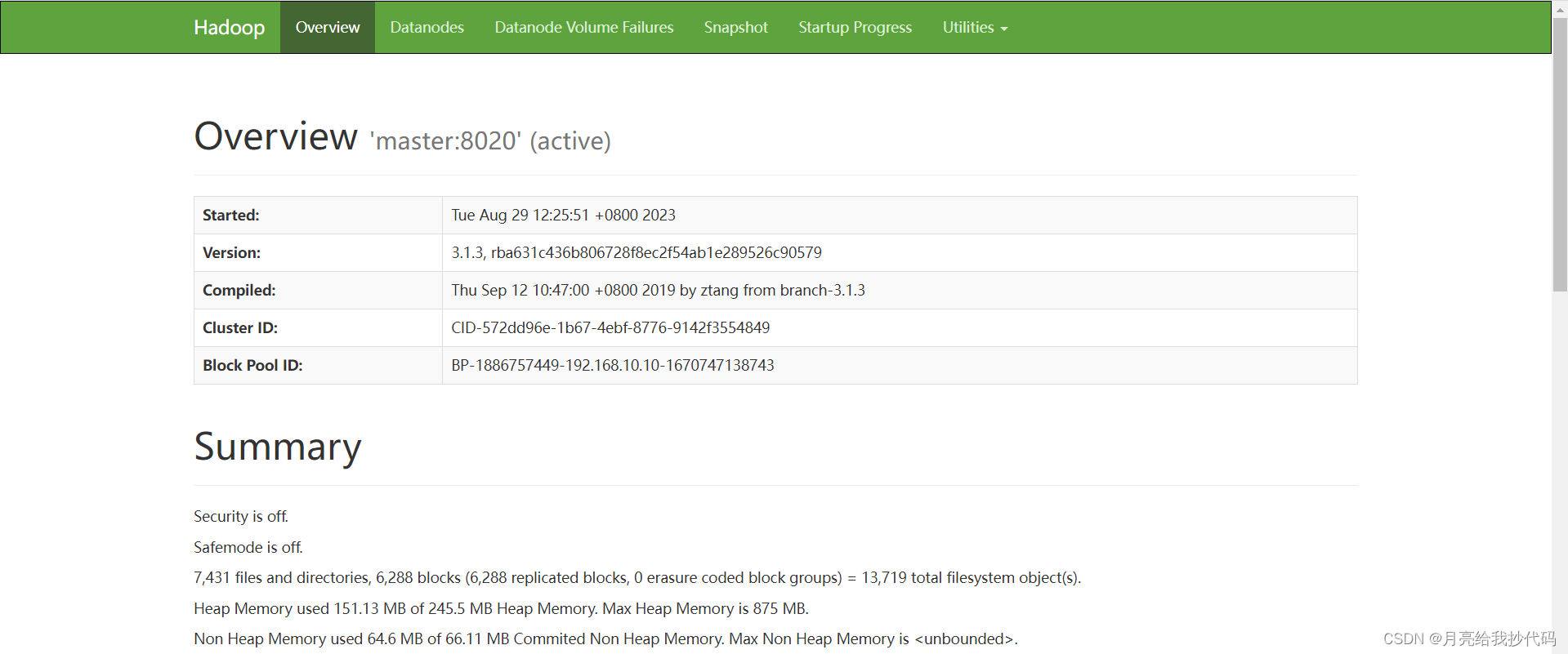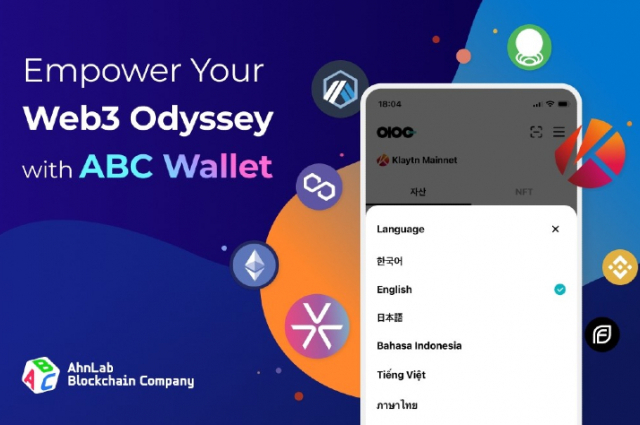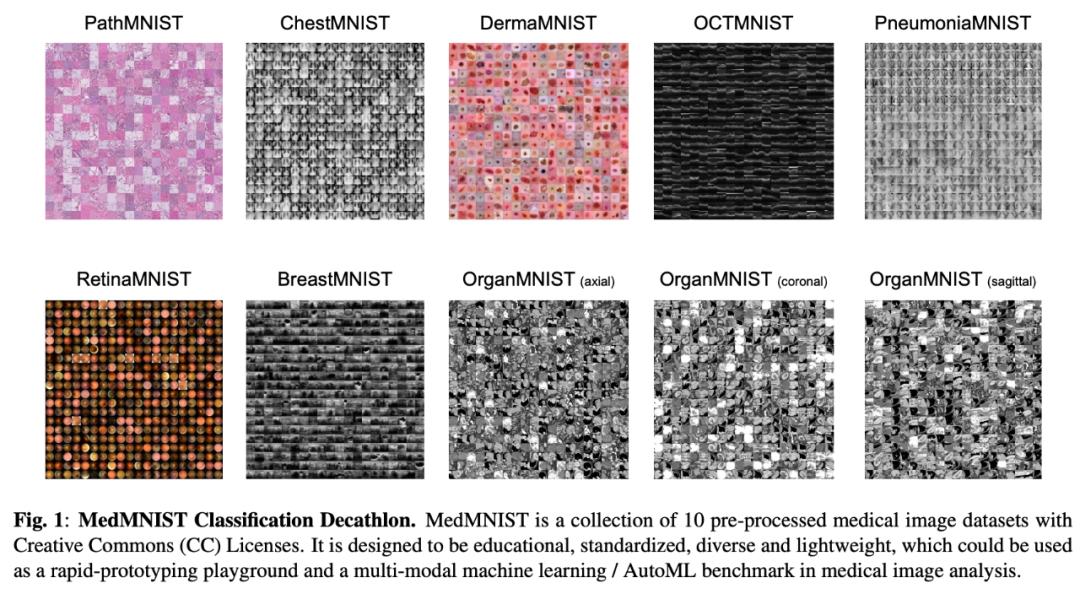ol的官网示例中有绘制带箭头的线的demo,那个是交互式绘制,而不是根据经纬度坐标添加,在其基础上稍作修改,即可转为通过经纬度添加带箭头的线的功能,线和箭头的粗细大小样式都可以自定义
代码如下
<!DOCTYPE HTML PUBLIC "-//W3C//DTD XHTML 1.0 Transitional//EN" "http://www.w3.org/TR/xhtml1/DTD/xhtml1-transitional.dtd">
<html xmlns="http://www.w3.org/1999/xhtml">
<head>
<title>加载天地图</title>
<link href="ol/ol.css" rel="stylesheet" type="text/css" />
<script src="ol/ol.js" type="text/javascript"></script>
<style type="text/css">
#mapCon {
width: 100%;
height: 100%;
}
</style>
</head>
<body>
<!-- 地图容器 -->
<div id="mapCon"></div>
<script type="text/javascript">
var key = "4689fc6b9bc0fdc8c48298f751ebfb41";//天地图密钥
//ol.layer.Tile:是一个瓦片图层类,用于显示瓦片资源。
//source是必填项,用于为图层设置来源。
//ol.source.XYZ:
//创建天地图矢量图层
var TiandiMap_vec = new ol.layer.Tile({
title: "天地图矢量图层",
source: new ol.source.XYZ({
url: "http://t{0-7}.tianditu.com/DataServer?T=vec_w&x={x}&y={y}&l={z}&tk=" + key,
wrapX: false
})
});
//创建天地图矢量注记图层
var TiandiMap_cva = new ol.layer.Tile({
title: "天地图矢量注记图层",
source: new ol.source.XYZ({
url: "http://t{0-7}.tianditu.com/DataServer?T=cva_w&x={x}&y={y}&l={z}&tk=" + key,
})
});
//实例化Map对象加载地图
var map = new ol.Map({
//地图容器div的ID
target: 'mapCon',
//地图容器中加载的图层
layers: [TiandiMap_vec, TiandiMap_cva],
//地图视图设置
view: new ol.View({
//地图初始中心点(经纬度)
center: [118.2, 36.5],
//地图初始显示级别
zoom: 7,
projection: "EPSG:4326"
})
});
//如果想画画,首先需要有一张纸或者画布,地图则需要一个绘制层
//创建一个矢量图层Vector 作为绘制层,ol.source.Vector是用来设置矢量图层数据来源的
var source = new ol.source.Vector();
//创建一个图层 ol.layer.Vector矢量图层类
var vector = new ol.layer.Vector({
source: source
});
//将绘制层添加到地图容器中
map.addLayer(vector);
let startPoint = [116.25,38.17];
let endPoint = [113.56, 35.11];
let line = createLine(startPoint,endPoint,'#1196db');
let point = createArrow(startPoint,endPoint,'blue');
//将创建的 元素 添加到图层
source.addFeature(line);
source.addFeature(point);
/**
* 创建线
* @param start 起点坐标 [经度,纬度]
* @param end 终点坐标 [经度,纬度]
*/
function createLine(start,end,lineColor){
//添加线
//创建一个线
let Line = new ol.Feature({
geometry: new ol.geom.LineString([start, end])
});
//设置线的样式
Line.setStyle(new ol.style.Style({
//填充色
fill: new ol.style.Fill({
color: 'rgba(74, 143, 255, 0.2)'
}),
//边线颜色
stroke: new ol.style.Stroke({
color: lineColor,
width: 5
}),
//形状
image: new ol.style.Circle({
radius: 7,
fill: new ol.style.Fill({
color: lineColor
})
})
}));
return Line;
}
/**
* 创建一个箭头样式的点
* @param start 箭头线的起点
* @param end 箭头线的终点
* @param color 箭头颜色(red,blue)
* @returns {*}
*/
function createArrow(start,end,color){
let iconUrl = 'static/img/arrow_vector_blue.svg';
if (color=='red'){
iconUrl = 'static/img/arrow_vector_red.svg';
}
//根据起止点,计算箭头的方向
let dx = end[0] - start[0];
let dy = end[1] - start[1];
let rotation = Math.atan2(dy, dx);
//添加点
let point = new ol.Feature({
geometry: new ol.geom.Point(end)
});
//设置点1的样式信息(Feature对象 只能 通过setStyle方法设置style属性)
point.setStyle(new ol.style.Style({
//形状
image: new ol.style.Icon({
src: iconUrl,
//anchor: [0.75, 0.5],//图标的锚点,经纬度点所对应的图标的位置,默认是[0.5, 0.5],即为标注图标的中心点位置
scale:2,//用于调整缩放比例,可以设置该比例实现,图标跟随地图层级缩放
rotateWithView: false,//是否随着视图旋转图标
rotation: -rotation//旋转方位
})
}));
return point;
}
</script>
</body>
</html>
源码请查看往期文章


